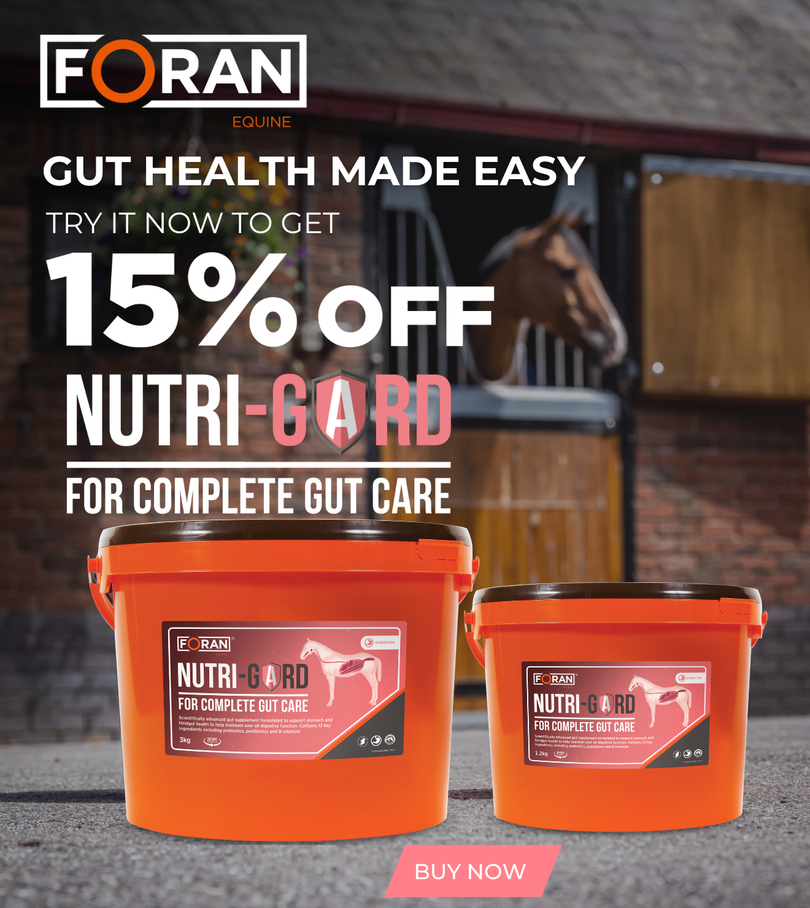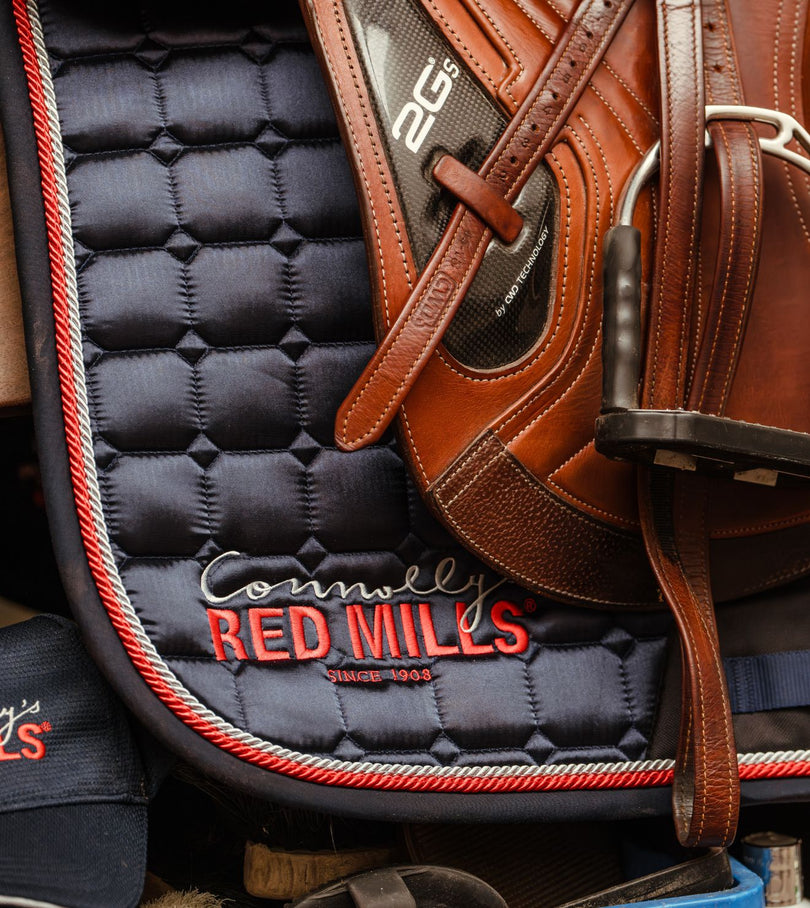Puppyhood: The Brief Foundation of Lifelong Health
Puppyhood is brief, and you can almost see your pup grow into their adult self every day. As they mature, their nutritional needs evolve—especially if they’re a working dog. Whether they’re farm dogs, guard dogs, hunting dogs, agility dogs, or simply join you on daily runs or hikes, working dogs need extra nutrients to fuel their adventures and activities.
Puppy nutrition is the foundation for their lifelong health, but that doesn’t stop once they reach their first birthday. Adult dogs have different nutritional needs based on their size, breed, and activity level.
Why proper Nutrition Matters for working dogs?
Working dogs like Border Collies, German Shepherds, Labradors, and Pointers, who are living the life their ancestors were bred for, need food that fuels their energy, supports their bones and joints, and builds their muscles.
Engage Chicken Dog Food is specially formulated with 30% chicken to help maintain muscle mass and energy levels. This high-protein dog food for active breeds supports muscle building and gives them the stamina needed for their demanding jobs.
Dogs who are active all day are like elite athletes. They push their bodies, work their muscles, and use a huge amount of energy. Without the right nutrition fueling this activity, they become vulnerable to illness and injury. A diet designed specifically for their needs protects them and keeps them in peak condition.
Essential Nutrients for Active Breeds
Working dogs burn more calories than leisurely pets, but that’s not the only difference in their nutritional needs. Dogs doing high-energy tasks—such as herding, agility, or long days in the field—need food that provides:
-
Healthy Fats: These provide quick energy for bursts of activity.
-
Protein: Builds lean muscle and supports muscle recovery.
-
Omega-3 Oils: Reduces inflammation and supports joint health, which is especially important for active dogs who use their joints continuously.
Additional nutrients, like calcium for bone strength and antioxidants for immune health, also play a key role in keeping your dog healthy and strong.
Key Nutrients for Working Dogs:
- Protein: Builds and maintains lean muscle mass.
- Healthy Fats: Provides quick, sustained energy for long or intense activity.
- Omega-3 Oils: Reduces inflammation and supports joint health.
- Calcium: Promotes strong bones, especially for high-impact activities.
- Antioxidants: Helps support immune function to keep your dog resilient.
The Nutritional Needs of Pregnant or Nursing Dogs
Canine mothers, like human mothers, require extra care and high-quality nutrition. Connolly's Red Mills Engage Mother & Puppy Food is specifically designed to meet these needs, offering superior nutrition for both pregnant and nursing dogs. This specialized food also supports growing puppies, ensuring they receive the energy and nutrients needed for healthy development.
The food’s slow-release formulation ensures puppies get consistent energy, while the high meat content promotes muscle development and supports joint health. These nutrients foster healthy growth, setting a strong foundation for a healthy adult dog.
How to Transition from Puppy Food to Working Dog Food?
Switching a dog’s food too quickly can cause stomach upset, even if both foods are excellent. The best way to transition from puppy food to working dog food is gradually:
- Week 1: Start with 75% of the old food and 25% of the new food.
- Week 2: Mix equal portions (50/50) of the old and new food.
- Week 3: Offer 75% of the new food and 25% of the old food.
- Week 4: By now, your dog should be fully transitioned to the new food.
Be sure to monitor your dog’s weight and energy levels to ensure you're feeding the appropriate amount. Puppies should be energetic and playful, and by the time they switch to working dog food, they should have mostly lost their “puppy fat.”
Common Concerns During the Transition:
- Stomach upset: If your dog experiences digestive discomfort, slow the transition further by mixing more of the old food.
- Hesitance to try new food: Some dogs may resist new food. Try mixing the new food with a bit more of the old food to ease them into it.
Puppyhood is just the beginning of your dog’s nutritional journey. As they grow into active working dogs, their dietary needs evolve. Whether they’re herding, hunting, or joining you on hikes, providing them with the best working dog food for energy and muscle support ensures they stay strong, healthy, and ready for any adventure.
Ready to support your dog’s transition to an active lifestyle? Explore our range of high-quality working dog foods to find the perfect fit for your pup’s needs.













